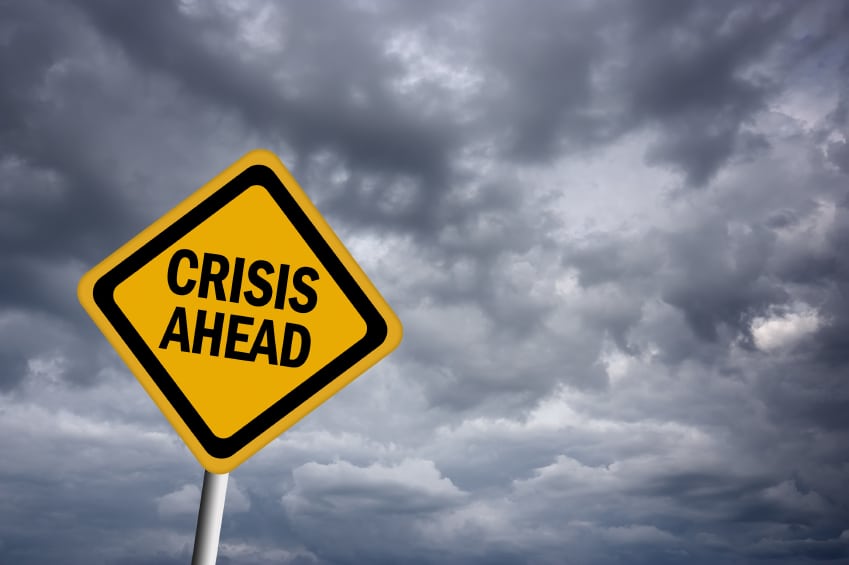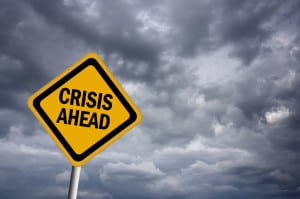
 Crisis management is not too different from traveling to a foreign country—if you don’t assume some things will go wrong before you leave home and try to imagine what they might be, then you deserve the worst-case scenarios that are surely headed your way.
Crisis management is not too different from traveling to a foreign country—if you don’t assume some things will go wrong before you leave home and try to imagine what they might be, then you deserve the worst-case scenarios that are surely headed your way.
If you’re a professional communicator, conducting frequent vulnerability analyses for your organization is the best way to make those necessary negative assumptions and ensure your crisis management strategy is both flexible and resilient.
“Always be thinking about what you’re brand is vulnerable to,” said Gil Meyer, director, global issues and crisis management, DuPont Company, at PR News’ March 12 Crisis Management Workshop at Washington, D.C.’s National Press Club. “And you yourself can’t always see what you’re vulnerable to, so you need objective opinions with a fresh point of view to determine your key vulnerabilities.”
The first step in a vulnerability analysis is to define what qualifies as a crisis for your organization. Meyer has developed his own shorthand definition of a crisis: “A high-profile situation wherein you are faced with a range of bad choices and too little time. If there was an obvious, good choice, the business would do that, and it wouldn’t be a crisis.”
Meyer offered a simple framework for conducting vulnerability analyses:
1. List three to five obvious situations that you think might constitute a crisis for your organization.
2. Make sure you consider situations that can involve your entire company, your facility, your product, etc.—whatever might be meaningful to your organization.
3. Then look at all types of crises and determine your vulnerability to each, including environmental issues, worker safety, product problems/contamination, labor issues, activist protests, executive misconduct, terrorism, natural disasters, power outages, computer problems, epidemics and data breaches. You might not think so, but your organization is probably vulnerable—to varying degrees—to all of these crisis types.
Follow Steve Goldstein: @SGoldsteinAI
